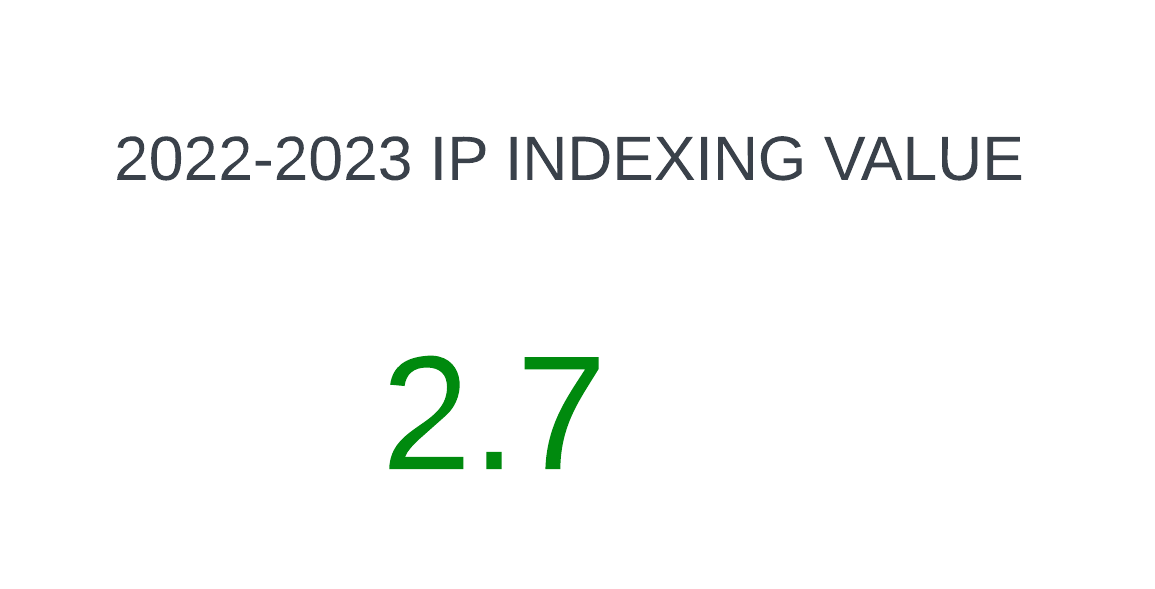A Novel Approach for Analyzing Temporal Influence Dynamics in Social Networks
DOI:
https://doi.org/10.69996/jcai.2024007Keywords:
Social networks, initial contact, secondary contact, tertiary contact, clustering, centralityAbstract
Features like assortative mixing; high clustering, short average path lengths, broad degree distributions, and community structure have been the subject of numerous recent social network studies. All of these features are met by the model that is introduced in this study. Additionally, our model enables interactions between various communities, fostering a rich network environment. The asymptotically scale-free degree distribution is maintained by our model, which achieves a high clustering coefficient. In our model, the community structure is generated by a mix of mechanisms involving implicit preferential attachment and random attachment. We expand our consideration to include neighbor of neighbor of Initial Contact (NNIC) as well, in contrast to earlier approaches that solely focused on neighbor of Initial Contact (NIC) as an implicit preferential contact. If a newly added vertex chooses more than one initial contact, this extension makes it possible for contacts between those initial contacts to occur. Consequently, our model facilitates the development of complex social networks beyond those used as basic references. Finally, we conduct centrality calculations on both the existing model and our developed model, providing a comparative analysis of the results
References
[1] Sreedhar Bhukya, “A novel model for social networks,” Baltic Congress on Future Internet and Communications institute of Electrical and Electronics Engineers, pp. 21-24, 2011.
[2] Riitta Toivonen, Jukka-Pekka Onnela, Jari Sarama ki, Jo rkki Hyvo nen and Kimmo Kaski, “A model for social networks,” Physics, vol. 371, pp. 851–860, 2006.
[3] M. Granovetter, “The Strength of Weak Ties,” Am. J. Soc, vol. 78, pp.1360–1380, 1973.
[4] S. Wasserman and K. Faust, “Social Network Analysis,” Cambridge University Press, Cambridge, 1994.
[5] J. Duncan Watts and H. Steven Strogatz, “Collective dynamics of small -world networks,” Nature, vol. 393, no. 440, 1998.
[6] M. Newman, “The structure of scientific collaboration networks,” Proceedings of the National Academy of Sciences, vol. 98, pp. 404- 409, 2001.
[7] M. Newman, “Coauthorship networks and patterns of scientific collaboration,” Proceedings of the National Academy of Sciences, vol. 101, Pp. 5200–5205, 2004.
[8] P. Holme, C. R. Edling and Fredrik. Liljeros, “Structure and Time- Evolution of an Internet Dating aCommunity,” Soc. Networks, vol 26, pp. 155–174, 2004.
[9] M. Girvan and M. E. J. Newman, “Community structure in social and biological networks,” Proc. Natl. Acad. Sci, USA 99, pp. 7821±7826, 2002.
[10] M. E. J. Newman, “The structure and function of complex networks,” Society for Industrial and Applied Mathematics, vol. 45, pp.167-256, 2003.
[11] A.L. Barabasi and R. Albert, “Emergence of scaling in random networks,” Science, vol. 286, pp.509-512, 1999.
[12] M.E.J Newman, “Assortative Mixing in Networks,” Phys, vol. 89, pp. 208701, 2002.
[13] M.E.J. Newman and Juyong Park, “Why social networks are different from other types of networks,” Phys, vol. 68, pp. 036122, 2003.
[14] L.A.N. Amaral, A. Scala, M. Barth and H.E. Stanley, “Classes of small-world networks,” Proceedings of the National Academy of Sciences, vol.97, pp.11149-11152, 2000.
[15] Marian Boguna, Romualdo Pastor-Satorras, Albert Diaz-Guilera and Alex. Arenas, “Models of social networks based on social distance attachment,” Phys, vol.70, pp. 056122, 2004.
[16] T. Evans and J. Sarama¨ki, “Scale-free networks from self- organization,” Phys, vol. 72, pp.026138, 2005.
[17] Gabor Szabo, Mikko Alava and Janos. Kertesz, “Structural transitions in scale-free networks,”Phys, vol. 67, pp. 056102, 2003.
[18] P. L. Krapivsky and S. Redner, “Organization of growing random networks,” phys, vol. 63, pp.066123, 2001.
[19] S. Wasserman and K. Faust. “Social network analysis: Methods and applications,” New York: Cambridge University, Press, 1994.
[20] P. Stephen, Borgatti and G. Martin Everett, “A Graph-theoretic perspective on centrality,” Elsevier SON, vol. 499, pp. 1–19, 2005.
[21] Piotr Brodka, Katarzyna Musial and Przemyslaw Kazienko, “A Performance of Centrality Calculation in Social Networks,” CASoN, 2009.
[22] Sreedhar Bhukya, “Discover academic experts in novel social network model,” institute of Electrical and Electronics Engineers, 2011.
Downloads
Published
Issue
Section
License
Copyright (c) 2024 Journal of Computer Allied Intelligence(JCAI)

This work is licensed under a Creative Commons Attribution-NonCommercial 4.0 International License.
Fringe Global Scientific Press publishes all the papers under a Creative Commons Attribution-Non-Commercial 4.0 International (CC BY-NC 4.0) (https://creativecommons.org/licenses/by-nc/4.0/) license. Authors have the liberty to replicate and distribute their work. Authors have the ability to use either the whole or a portion of their piece in compilations or other publications that include their own work. Please see the licensing terms for more information on reusing the work.


